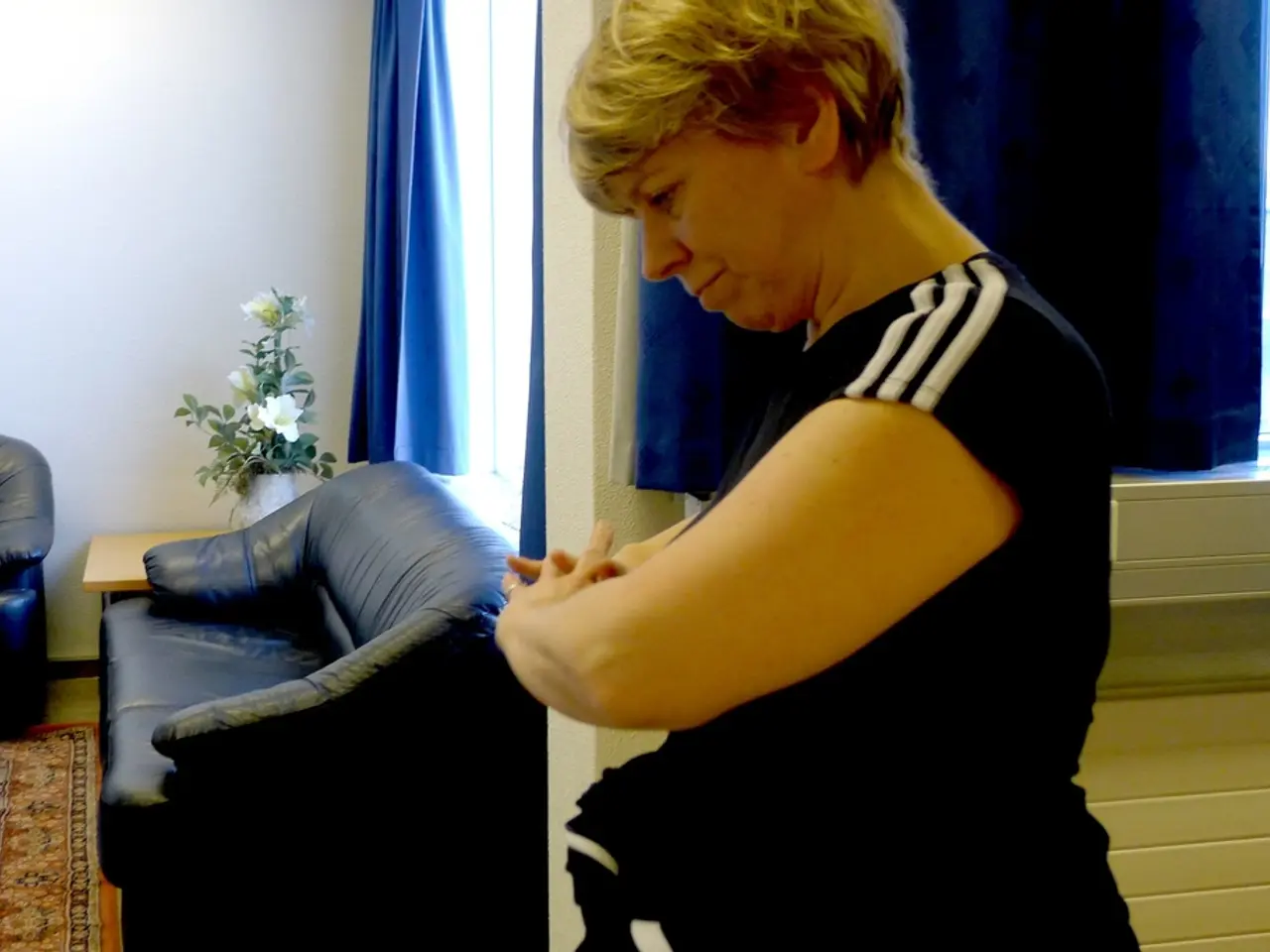Facial Exerciseas Could Contribute to a More Youthful Appearance
In the realm of skincare and anti-aging, a growing interest lies in the use of facial exercises and face massage. While the scientific evidence is still developing, these practices hold some promise for improving skin health and reducing the signs of aging.
The Basics of Facial Massage
Face massage can be performed anywhere, at any time, and can be carried out as a series of exercises or individually. According to Vickie Bodner, a massage therapist, self-massage on the face can help alleviate puffiness under the eyes or in the sinus area. For optimal relaxation and rejuvenation, each exercise should be completed up to three times before moving on to the next.
One key aspect of face massage is stimulating the lymphatic system. The lymphatic system, which is close to the skin, can be activated with light pressure. By sweeping your hands between the neck and collarbone, down towards the midline, three times, you can help promote blood flow and aid in the movement of lymphatic fluid.
The Role of Facial Exercises
Facial exercises, such as those practiced in "face yoga," aim to strengthen facial muscles and improve circulation. These exercises may potentially lead to firmer skin and fewer fine lines. Some small-scale studies indicate that these exercises may help tone muscles and smooth wrinkles, but the overall research remains inconclusive, and more rigorous clinical trials are needed to confirm their benefits.
Scientific Evidence and Future Studies
Current scientific evidence on the effectiveness of facial exercises and face massage for anti-aging and wrinkle reduction is limited but somewhat promising, though not conclusive. Future studies should include a larger pool of participants and a control group, as well as longer-term studies to determine if the benefits remain after the routine is stopped.
One recent study found that facial exercises performed shortly after Botox injections accelerated the onset of Botox's wrinkle-relaxing effects by helping the toxin bind faster to nerve receptors. This suggests that facial exercises could complement other anti-aging treatments but does not alone prove they reduce wrinkles significantly over time.
Technological interventions combining high-intensity focused electrical stimulation (HIFES) with radiofrequency have demonstrated more pronounced wrinkle reduction (~35%) in clinical studies. This indicates that muscle stimulation combined with other modalities can have measurable effects, but this is distinct from manual exercises or massage alone.
Caveats and Considerations
It's important to note that aging and wrinkles are complex processes affected by skin biomechanics beyond muscle activity alone. Recent research on wrinkle formation emphasizes the mechanical and physical properties of aging skin—uneven stretching and tension leading to skin buckling—not just muscle tone or superficial skin changes.
In summary, facial exercises and face massage may offer some improvements in muscle tone and circulation that could contribute to reduced signs of aging, but current scientific support is modest and mostly preliminary. Their greatest potential may be as adjuncts to medical aesthetic treatments or wellness practices rather than standalone solutions for wrinkle reduction.
Safety and Precautions
Before performing a face massage, ensure you wash your hands and face. Face massage is not recommended if you have redness, open sores, or bruising on your face. It's also worth noting that more and bigger studies are needed before facial exercises can be recommended as a proven anti-aging remedy.
Looking Ahead
While the scientific evidence is still developing, facial exercises and face massage show potential as complementary practices to traditional skincare routines. As research continues, we may uncover even more ways these practices can support our skin health and help us maintain a youthful appearance.
[1] King, D. (2020). The science of facial exercises: Can they reduce wrinkles and signs of aging? Harvard Health. https://www.health.harvard.edu/beauty/the-science-of-facial-exercises-can-they-reduce-wrinkles-and-signs-of-aging
[2] Singer, P., & Singer, S. (2014). Facial exercises for facial rejuvenation. The Journal of Clinical and Aesthetic Dermatology, 7(11), 27–32.
[3] Kim, J. Y., Park, H. J., & Lee, J. S. (2017). Efficacy of high-intensity focused electrical stimulation (HIFES) combined with radiofrequency in reducing wrinkles: A randomized, controlled, double-blind, split-face study. Aesthetic Plastic Surgery, 41(3), 517–523.
[4] Maibach, H. I., Maibach, E. W., & Matsui, N. (2018). The science of skin aging: Mechanisms, biomarkers, and interventions. Journal of Investigative Dermatology, 138(12), 2308–2317.





